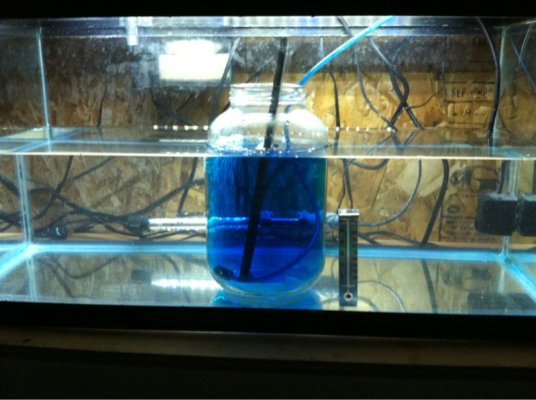AngelWings
Aquarium Advice Freak
That's great Bob! I'd love to see pictures of the parents!
I still don't see any of the wigglers or swimmers in my tank, and the parents don't seem to be paying particular attention to any spots in the tank. I think this spawn was a no go. I'll be impatiently awaiting the next round in a week or two.
I still don't see any of the wigglers or swimmers in my tank, and the parents don't seem to be paying particular attention to any spots in the tank. I think this spawn was a no go. I'll be impatiently awaiting the next round in a week or two.

 but was essential to raise the number of fry my fish were producing. You really can't cheat with fish. They let you know when you have crossed the line by getting sick or even dying. (Sorry for the bluntness but it's just the facts.)
but was essential to raise the number of fry my fish were producing. You really can't cheat with fish. They let you know when you have crossed the line by getting sick or even dying. (Sorry for the bluntness but it's just the facts.) 